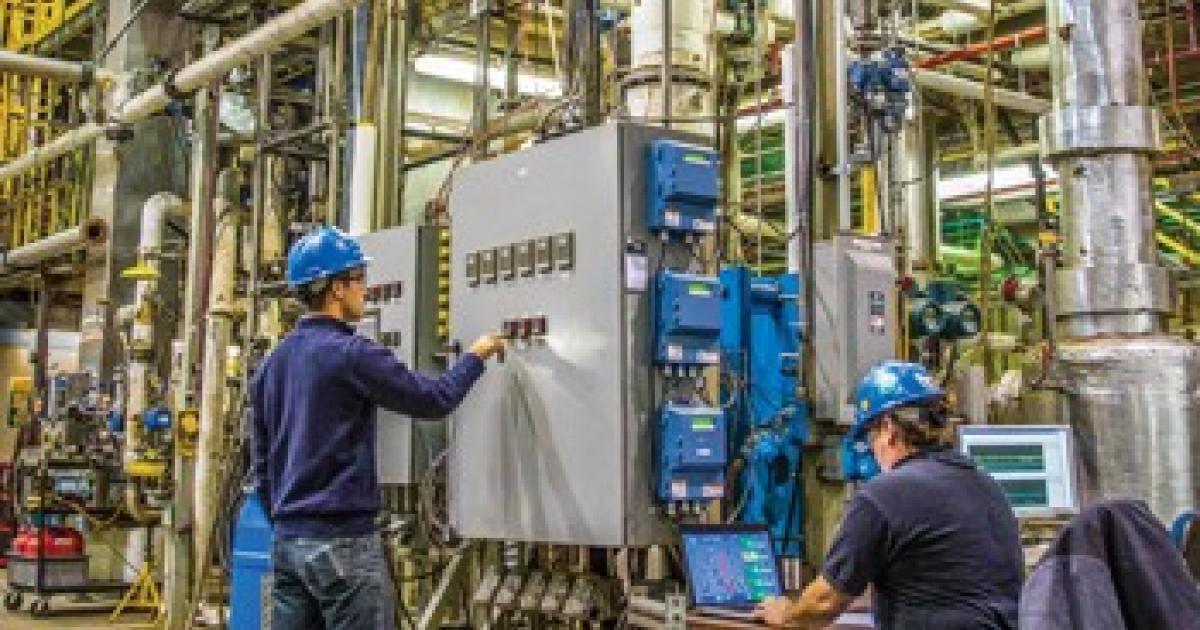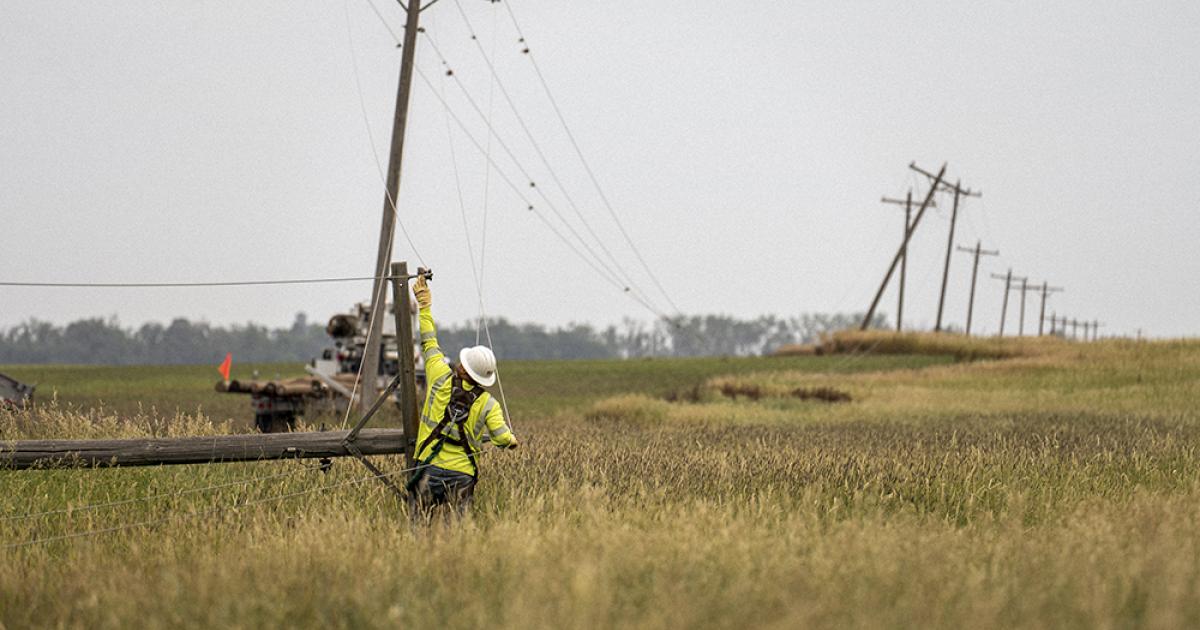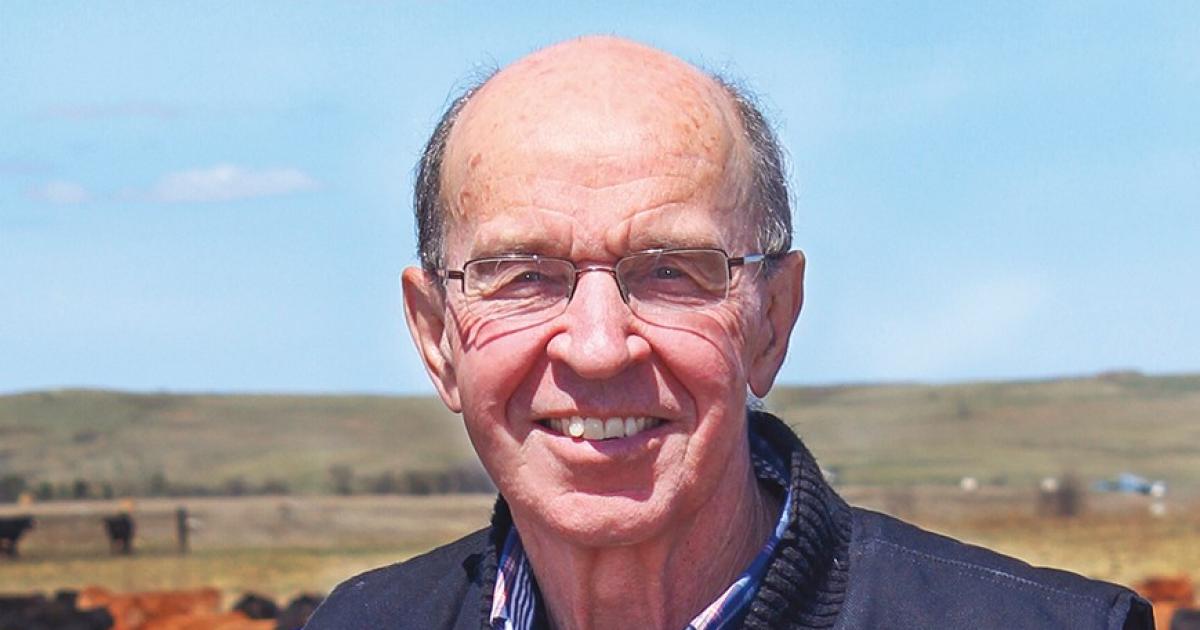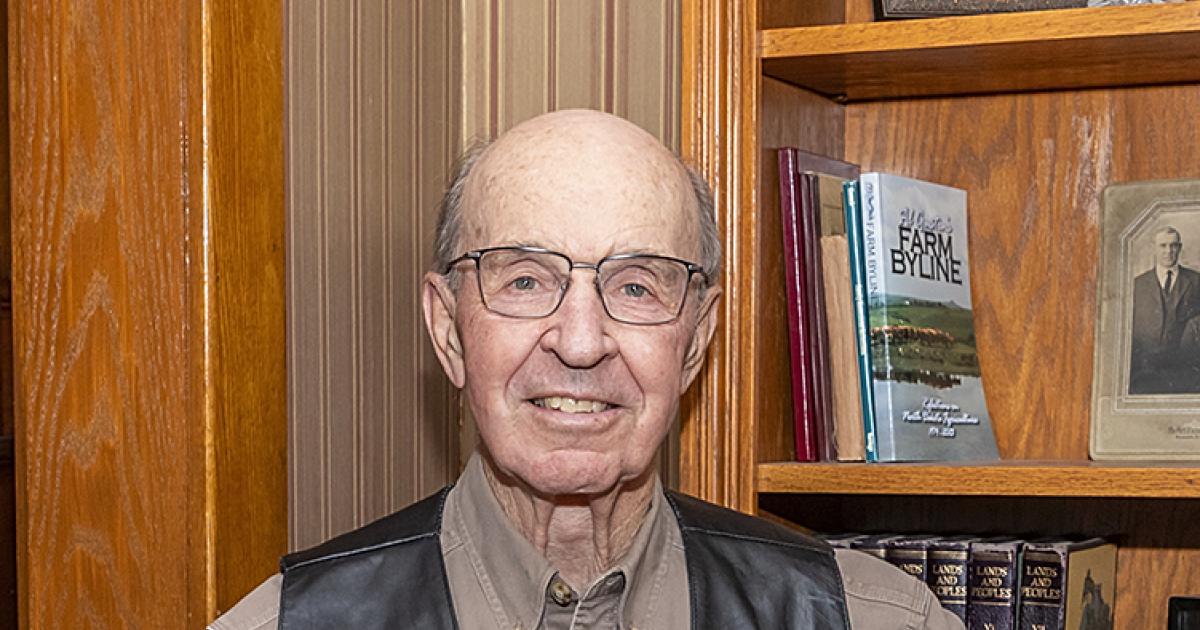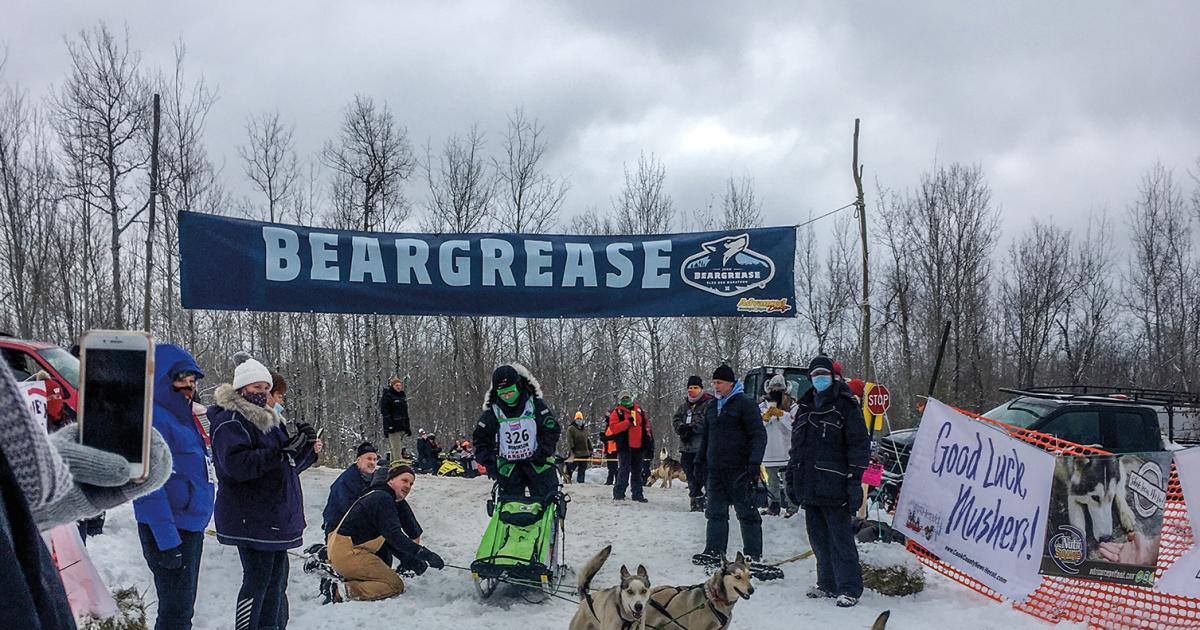Going clear back to early statehood days, energy exploration, development and research have been central to North Dakota’s economic prosperity.
Today in North Dakota, the Energy & Environmental Research Center (EERC), Grand Forks, carries on this robust and critical developmental work.
The EERC story began in 1951, with the establishment of the Robertson Lignite Research Laboratory, a federal U.S. Bureau of Mines facility which was located on land owned by the University of North Dakota (UND).
Roots of this energy focus at UND can actually be traced back to the 1890s, when Earl Babcock, a UND chemistry professor, studied the state’s vast lignite coal resources and investigated potential uses for them.
In 1977, the facility begun in 1951 became a federal energy technology center, as part of the U.S. Department of Energy. In 1983, the facility was defederalized and became the University of North Dakota Energy Research Center. In 1989, it was renamed the UND Energy & Environmental Research Center.
Today, EERC is recognized as one of the world’s leading developers of cleaner, more efficient energy and environmental technologies to protect and clean air, water and soil.
Current EERC research work focuses on five core areas: coal utilization and emissions; carbon management; oil and gas; alternative fuels and renewable energy; and energy-water.
EERC CEO Thomas Erickson emphasizes that the key to the center’s success is working partnerships.
“We are a contract research organization,” says Erickson, who has been with EERC since 1986. “Our focus is building relationships with all of our clients, whether they are state entities, federal entities or whether it’s private industry. Relationships are extremely important. And the best way to build a relationship is by delivering quality results that provide value to the client.”
EERC has served clientele – public and private – in 53 countries worldwide, with private sector partners ranging from Fortune 500 companies to small startups.
In North Dakota, Erickson says EERC follows closely the work proceeding with such key industry groups as the Lignite Energy Council, the North Dakota Petroleum Council, and the electric power sector. Regarding electric cooperatives, Erickson expresses gratitude for current EERC work on several levels with Basin Electric Power Cooperative, Minnkota Power Cooperative and Great River Energy.
LIGNITE, OIL
For Erickson and EERC, the current organization-wide focus is on a newly adopted set of comprehensive goals. (For full description of goals, see sidebar).
One of the goals is to “take full advantage of North Dakota’s lignite.” Erickson says this statement is recognition of the continuing role that lignite coal resources – and of cleaner ways of using this resource – play in the state’s economy.
“Lignite coal and the electricity that it produces are of critical importance to North Dakota into the region,” Erickson says. He says this has involved EERC assisting operators of existing electric power plants on compliance with evolving, mounting environmental quality regulations.
He adds that successor facilities for aging lignite power plants are likely going to be needed. “So, we are trying to look at what the next opportunity is to utilize lignite coal going forward, in whatever advanced power system that might be,” Erickson says.
Erickson says the Plains CO2 Reduction Partnership is a 13-year-old project in which EERC has led. Through this project, EERC and industry partners have come to understand the sources of atmospheric CO2, and have developed strategies for its safe disposal or beneficial use
Another goal is to “reach at least 2 million barrels of oil production a day.” In this area, Erickson indicates EERC is proceeding on several research and testing fronts.
“With oil, we are trying to optimize the actual recovery as well as understanding what the impact is on the environment around the oil recovery,” he says.
Erickson points to industrial estimates indicating that just 6 to 10 percent of oil in the Bakken Formation is currently being recovered. He says even a 1 or 2 percent increase in that recovery can produce significant increases in economic returns for industry and the state. To this end, EERC projects are focusing on advanced drilling techniques, and on enhanced oil recovery through injection of CO2.
Supporting the pursuit of these goals for EERC is an intelligent, versatile and dedicated team of employees.
“Without question, our number one strength is our people,” Erickson says. “It’s their expertise in a given area and it’s their ability to adapt their knowledge base to a new area. The people and the can-do attitude and the desire to want to make a difference is first and foremost for us.”
Erickson also credits the EERC’s comprehensive energy testing, research and development facility. “We have capabilities and capacity to work here that is unlike virtually any other organization in the world,” he says.
EERC goals: Energizing North Dakota’s future
With the preamble that “North Dakota has a strong team of industry partners, state organizations and universities dedicated to a more prosperous, cleaner and brighter energy future,” EERC has recently formalized its commitment to working with regional partners to advance technology in support of an all-of-the-above approach to energy production.
In 2017, EERC identified seven goals to be achieved through technology development. Progress in each goal area is proceeding; the goals include:
GOAL 1 – Reach at least 2 million barrels of oil production per day; one aspect: enhanced recovery techniques to improve Bakken recovery factor.
GOAL 2 – Capitalize on agricultural and energy synergies; one aspect: carbon capture, utilization and sequestration for ethanol production.
GOAL 3 – Maximize the use of natural gas; one aspect: analysis of new and emerging technologies that can support increased in-state utilization of gas resources.
GOAL 4 – Eliminate pipeline leaks; one aspect: iPipe (Intelligent Pipeline Integrity Program), a joint industry/EERC program to demonstrate new and emerging technologies to prevent and detect pipeline leaks.
GOAL 5 – Enhance energy reliability and energy export opportunities; one aspect: comprehensive techno-economic study that links North Dakota coal, power production, carbon capture, CO2, transport and enhanced oil recovery.
GOAL 6 – Take full advantage of North Dakota’s lignite; one aspect: carbon capture technology for use on North Dakota’s existing fleet of electric power generation facilities.
GOAL 7 – Educate the world on energy and environmental topics; one aspect: disseminating information on energy and environmental projects through website content, on-site tours, and school and community presentations.
Kent Brick is editor of North Dakota Living. He can be reached at kbrick@ndarec.com.


